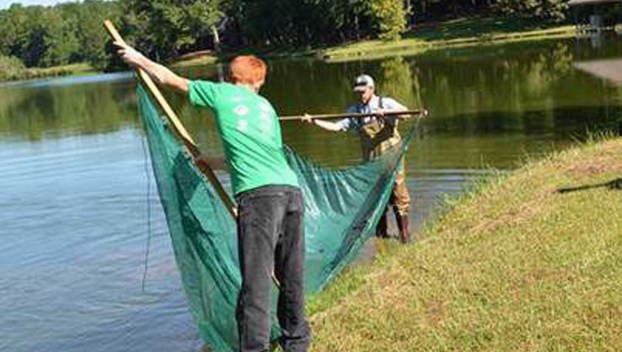
News
Managing the Drought: Pond Impacts and Opportunities
Remediation – Dredging & Leaks Most everything associated with a drought seems negative, and that certainly is the ... Read more

Remediation – Dredging & Leaks Most everything associated with a drought seems negative, and that certainly is the ... Read more